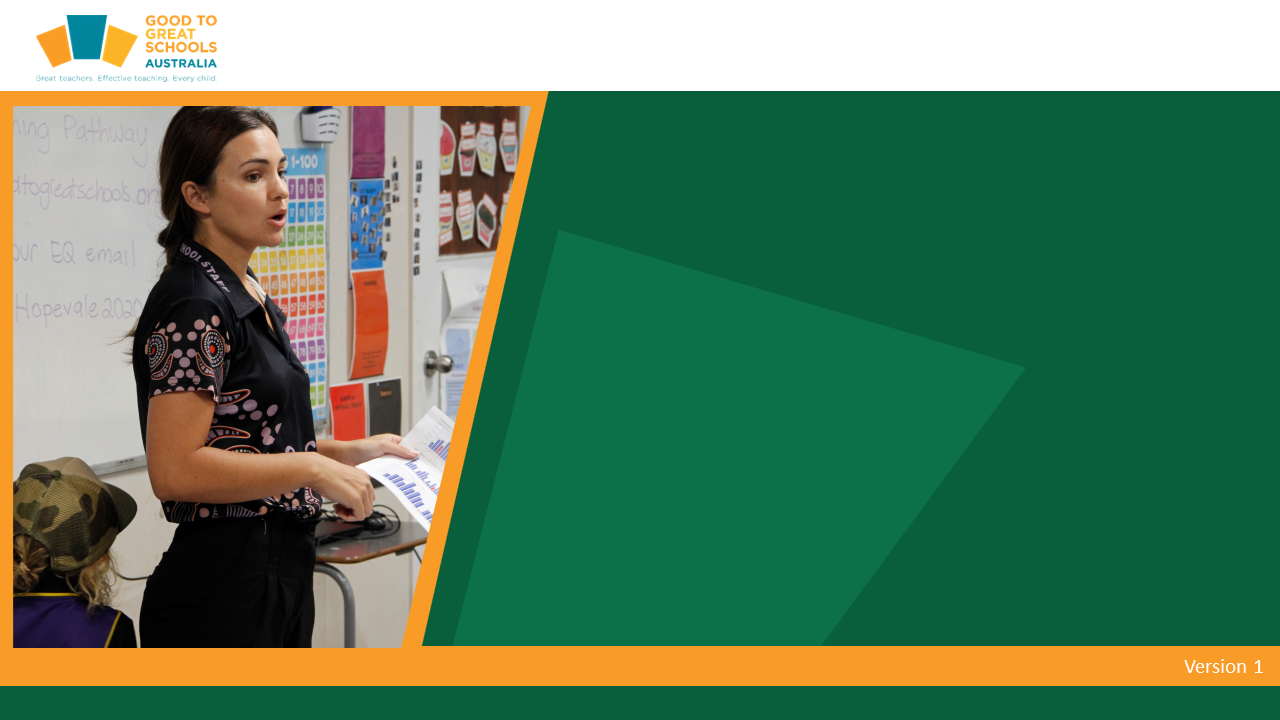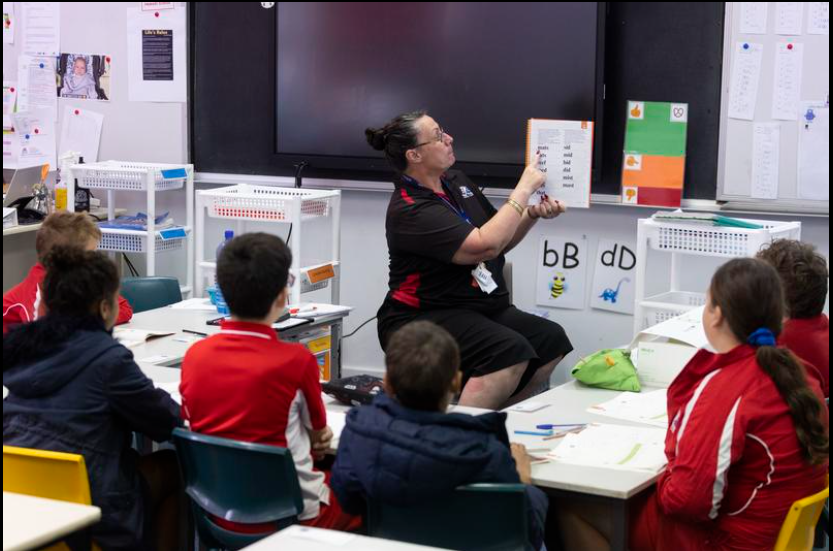Practice Correct Errors
-
Module Introduction2 Topics
-
Delivered With Fidelity20 Topics|2 Tests
-
Cover
-
Module Objective
-
What Happens When Error Correction is Delivered with Fidelity
-
Video 1
-
Signal Response Errors
-
Specific Error Corrections
-
Spelling Mastery Corrections for Rule Applications
-
Correcting Identity Statements
-
Long Vowel and Short Vowel Rule Correction
-
Correcting Errors in Connecting Math Concepts
-
Using the Full Correction Technique Effectively
-
Video 2
-
Correcting Errors Informs Teaching Decisions
-
Correcting Errors Informs Teaching Decisions
-
Error Correction Enables Teachers to Track Errors and Respond to Student Mastery
-
Error Correction Enables Teachers to Track Errors and Respond to Student Mastery
-
Error Correction Empowers Students to Gain Confidence in Their Learning
-
Students Gain Confidence in their Learning
-
Check Your Understanding
-
Test Your Understanding
-
Cover
-
Not Delivered With Fidelity10 Topics|2 Tests
-
Cover
-
What Happens When Error Correction is not Delivered with Fidelity
-
Not Using the Full Correction Procedure
-
Video: Not Using the Full Correction Procedure
-
Students Practise Incorrect Answers
-
Students Unable to Complete Independent Work
-
Students Unable to Complete Independent Work
-
Students do not Meet Criterion on Mastery Tests
-
Check Your Understanding
-
Test Your Understanding
-
Cover
-
Barriers That Impede Fidelity8 Topics|2 Tests
-
Cover
-
Barriers That Impede Delivering the Correction Procedure with Fidelity
-
Using Deductive Logic to Identify the Cause of the Barrier
-
Not Understanding Why Using the Full Correction Procedure is Required
-
Not Knowing How to Do the Full Correction Procedure
-
Unfamiliarity with Lesson Content
-
Check Your Understanding
-
Test Your Understanding
-
Cover
-
Removing Barriers That Impede Fidelity11 Topics|2 Tests
-
Cover
-
Ways to Tackle Barriers so Technique is Delivered with Fidelity
-
Understand Why Using the Full Correction Procedure is Required
-
I Do – Process
-
Learn How to Use the Full Correction Procedure
-
I Do – Process
-
Become Familiar with Lesson Content
-
The Process of Becoming Familiar with Lesson Content
-
I Do – Process Continued
-
Check Your Understanding
-
Test Your Understanding
-
Cover
-
Module Completion Survey1 Topic
Participants 15
Using the Full Correction Technique Effectively
Kimberly December 3, 2023

Using the Full Correction Technique Effectively
With Lead Step
During a language lesson, students are having a difficult time repeating a statement. The teacher, Michael, immediately corrects the error with the whole group by saying, ‘My turn,’ and models the correct statement. Michael leads the group with the cue, ‘Say it with me,’ and the teacher and students say the statement together until students can firmly repeat it. He then tests the group by saying, ‘Your turn,’ and students repeat the statement by themselves. Michael then tests the group by saying, ‘Starting over,’ and goes back to the beginning of that part. Michael provides a delayed test for students to demonstrate mastery later in the lesson or day. Michael has demonstrated effective use of the full correction technique – model, lead/strategy, test, retest.

With Strategy Step
During a reading lesson, teacher, Angela, hears a student in the group incorrectly identify a word. Angela immediately corrects the error with the whole group by saying, ‘My turn,’ and models the correct response by saying the correct word. Angela gives the students the cue, ‘Sound it out,’ and the students sound out the word. She then tests by saying, ‘What word?’ and the students say the word the fast way. Angela then retests the group by saying, ‘Starting over’ and goes back to the top of the column. Students read all the words the fast way. It is important that Angela provides a delayed test for students to demonstrate mastery later in the lesson or day. Angela has demonstrated effective use of the full correction technique – model, lead/strategy, test and retest.

